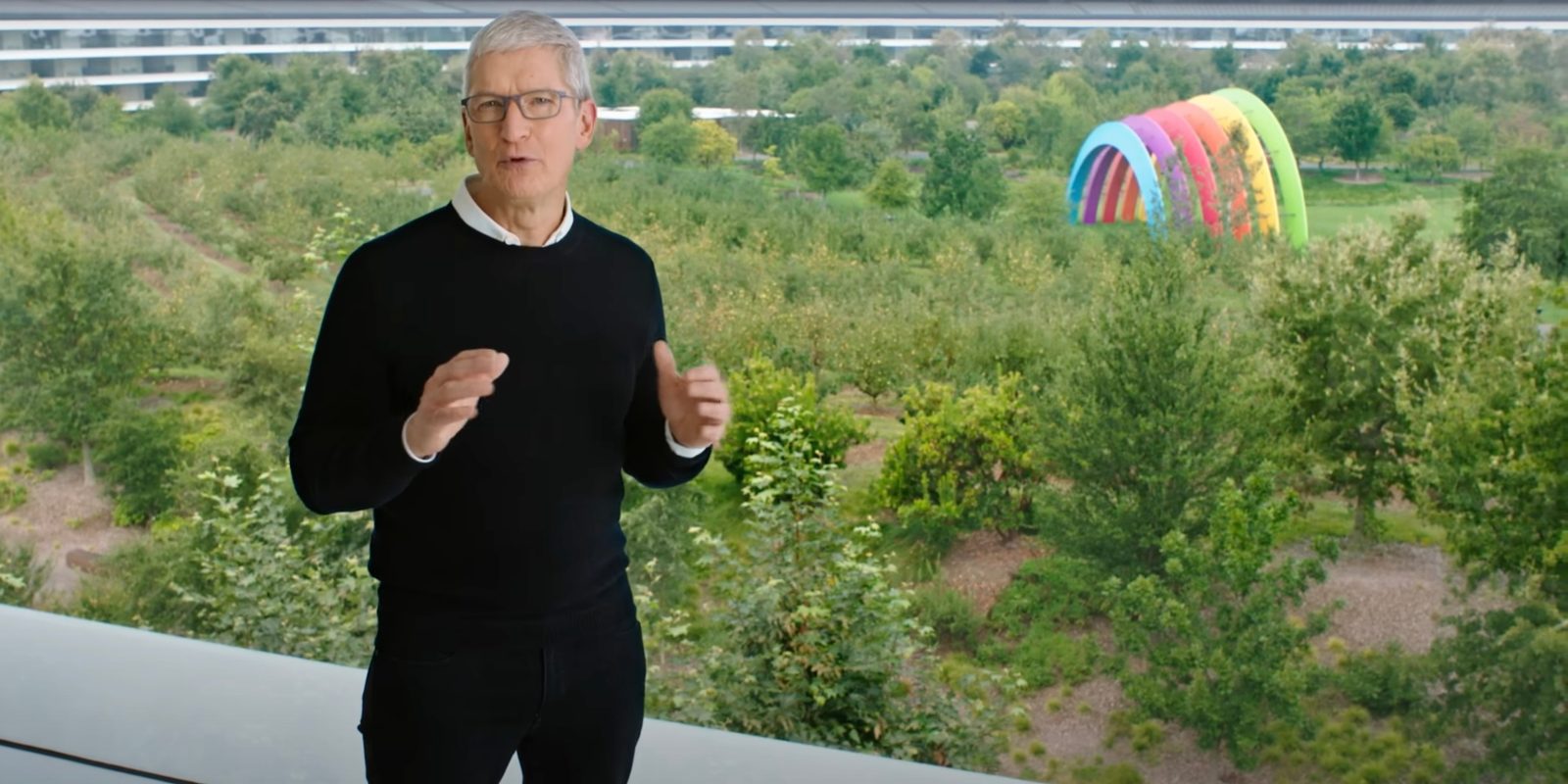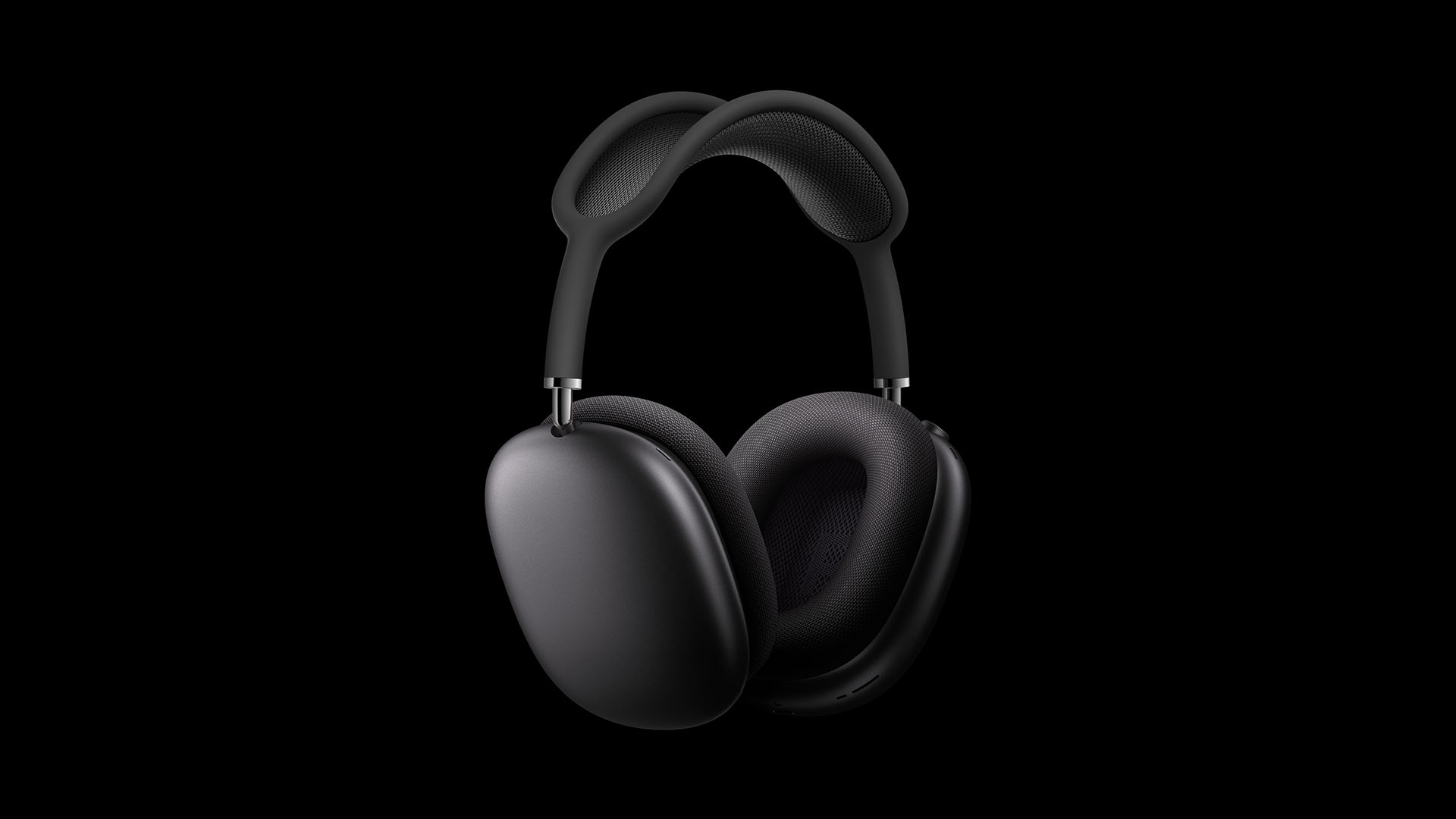
Despite a variety of challenges and the ongoing COVID-19 pandemic, 2020 was a busy year for Apple. The company introduced its most expansive iPhone lineup yet, updated the Apple Watch, undertook a major overhaul of the Mac lineup, and much more during the year.
Read on as we recap all of the hardware that Apple released in 2020.
January and February
As is usually the case, January and February started off slowly for Apple following the release of the new Mac Pro and Pro Display XDR in December of 2019. Throughout January and February, Apple stayed mostly quiet, with rumors circulating on the future of the iPhone SE, new iPad Pro hardware, and more.
The one product introduction we did see in January was Apple’s rack-mounted Mac Pro, which launched on January 14 for a cool $6499.
March

After a slow start to the year, Apple picked up momentum in March with the introduction of a handful of new hardware products and accessories. The company introduced a new Intel-powered MacBook Air, two new iPad Pro models, and the Magic Keyboard accessory for the iPad Pro.
The new MacBook Air introduced in March featured a scissor switch Magic Keyboard, a $100 price drop, and boosted internal specifications. While it would eventually be replaced by the first M1 MacBook Air, it represented a notable overhaul at the time.
On the iPad side of things, Apple introduced new 11-inch and 12.9-inch iPad Pro models with an A12Z processor inside and a LiDAR Scanner on the back. The company also introduced the Magic Keyboard accessory, bringing a trackpad to the iPad Pro experience for the first time.
- Apple announces new MacBook Air with scissor switch keyboard, $999 price point
- Apple updates Mac mini with double the storage
- Apple unveils new iPad Pro with backlit Magic Keyboard case, available to order today
April

After a busy March, Apple kept the momentum up in April with the introduction of a new iPhone SE. The long-rumored entry-level device was announced on April 15, with pre-orders starting on April 17, followed by availability on April 24.
The new iPhone SE has a 4.7-inch display (like the iPhone 8 that it replaces) which is smaller than the rest of the flagship iPhone lineup. It includes the A13 Bionic processor inside, matching the performance of the iPhone 11 series.
- Apple officially unveils rumored ‘iPhone 9’ with iPhone SE name from $399, three colors, up to 256GB
May
In May, Apple continued updating its Mac lineup with a refresh to the MacBook Pro. On May 4, Apple updated the 13-inch MacBook Pro with the same scissor switch keyboard that came to the MacBook Air in March. This officially marked the end of the butterfly keyboard era in the MacBook.
In addition to the Magic Keyboard, the 13” MacBook Pro also got more powerful thanks to tenth-generation Intel processors inside, alongside more RAM in the standard continuation, and other tweaks.
June

As usual, June was a busy month for Apple as it held its annual Worldwide Developer Conference, this time completely virtual because of the COVID-19 pandemic. Software was the focus of WWDC 2020, with Apple unveiling iOS 14, macOS Big Sur, watchOS 7, and tvOS 14.
But also at WWDC, Apple officially confirmed its plans to transition the Mac lineup to its own Apple Silicon processors. While the first Apple Silicon Macs for consumers wouldn’t be released until November, Apple did release a version of the Mac mini for developers powered by the A12Z processor.
July
July was a very quiet month for Apple as focus shifted towards continued beta testing of iOS 14 and other yearly software updates. As we now know, July would be the quietest month of the year for Apple, and we were in for a busy final five months.
Let’s unpack it all.
August

Kicking off what would be a rollercoaster-like end to the year, Apple unveiled an all-new iMac lineup on August 4, bringing new Intel processors, SSD storage by default, and a new nano-texture matte display option. The most dramatic changes were made to the 27-inch model.
Reviews for the 2020 iMac were widely positive, but nearly everyone cautioned that you should also be aware of the impending Apple Silicon transition.
- Apple updates 27-inch iMac with new 10th-gen Intel CPUs, T2 chip and a 1080p webcam
- 2020 iMac review ($1,799 base version) — a great value, with a catch [Video]
September

Apple held its first of three virtual events on September 15, focusing on two product categories: the Apple Watch and iPad. Apple had two new Apple Watch models to introduce, the higher-end Apple Watch Series 6 and the mid-range Apple Watch SE.
For the iPad lineup, Apple introduced a new 8th generation iPad powered by the A12 processor. More notably, Apple also unveiled a new iPad Air with Touch ID in the power button, an iPad Pro-inspired design, and Magic Keyboard support — though it wouldn’t be released until October.
- Apple officially announces Apple Watch Series 6 with new colors and more
- Apple unveils Apple Watch SE for $279 with Series 4 design and more
- Apple announces new $329 iPad with faster performance
- Apple announces new iPad Air with edge-to-edge display and Touch ID in the power button
October

We reconvened in October for Apple’s second virtual event in as many months, and this time the focus was clear: the iPhone 12. Apple unveiled four new iPhone 12 models with an all-new design, 5G connectivity, an A14 Bionic processor, and more. Apple also announced new MagSafe accessories for the iPhone 12 series during the October event.
Apple also announced the HomePod mini during this event, though it wouldn’t be released until November.
The iPhone 12 and iPhone 12 Pro were released on Friday, October 23, as was the iPad Air that Apple announced in September. Apple also launched its Apple One services bundle on October 30.
- Waiting to buy the all-new iPad Air? Preorders are now open
- Apple announces iPhone 12 Pro with premium design, new pacific blue color, more
- Apple announces iPhone 12 mini, with 5.4-inch screen, in five colors
- Apple announces $99 HomePod mini smart speaker, new Siri features
- Apple announces iPhone 12: new design, 5G cellular, Ceramic Shield glass, blue color finish
- Apple begins rolling out Apple One services bundle starting at $15 per month
November

Finally, in November, attention shifted back to the Mac with Apple holding its third and final event of the fall. The headlining announcement during the November 10 event was the M1 processor, Apple’s first system-on-a-chip for Mac computers. Apple announced a trio of new Macs powered by the M1 processor: the MacBook Air, the 13-inch MacBook Pro, and the Mac mini.
November also marked the release of the next two iPhone 12 models: the iPhone 12 mini and the iPhone 12 Pro Max. Both of these were announced in October and made available to everyone on November 13. The HomePod mini was also released in November.
- Apple unveils M1, its first system-on-a-chip for Mac computers
- Apple unveils all-new MacBook Air powered by Apple Silicon M1 chip
- Apple announces new Mac mini featuring Apple M1 chip, cheaper $699 price
- Apple announces 13-inch MacBook Pro with faster performance and longer battery thanks to M1 chip
- First iPhone 12 mini and iPhone 12 Pro Max pre-orders now arriving to customers
- Apple’s HomePod mini now available to order at $99
- New iPhone 12 Leather Sleeve with MagSafe now available to order for $129
December

After a wild September, October, and November, you might think that Apple was done for the year, but that wasn’t the case. As it turns out, Apple announced its long-rumored AirPods Max over-ear headphones on December 8 for $549. The company also debuted its Apple Fitness+ subscription service on December 14.
- Apple officially announces AirPods Max for $549, order from today
- Apple Fitness+ for Apple Watch users now available on iPhone, iPad, and Apple TV
Apple 2020 wrap-up
Despite challenges on nearly every front, 2020 was a banner year for Apple. Not only did the company release its annual iPhone updates, new Apple Watch hardware, and new iPad hardware, it also undertook a massive transition on the Mac side of things with the first Apple Silicon-powered machines.
Looking ahead to 2021, we expect Apple to continue transitioning the Mac lineup to its Apple Silicon processors. Furthermore, early indications are that we will get a new iPad Pro refresh in Q1 of 2021 with mini LED display technology among other changes.
What do you think of Apple’s hardware releases in 2020? How would you rate the company’s performance? Let us know down in the comments!
FTC: We use income earning auto affiliate links. More.




Comments